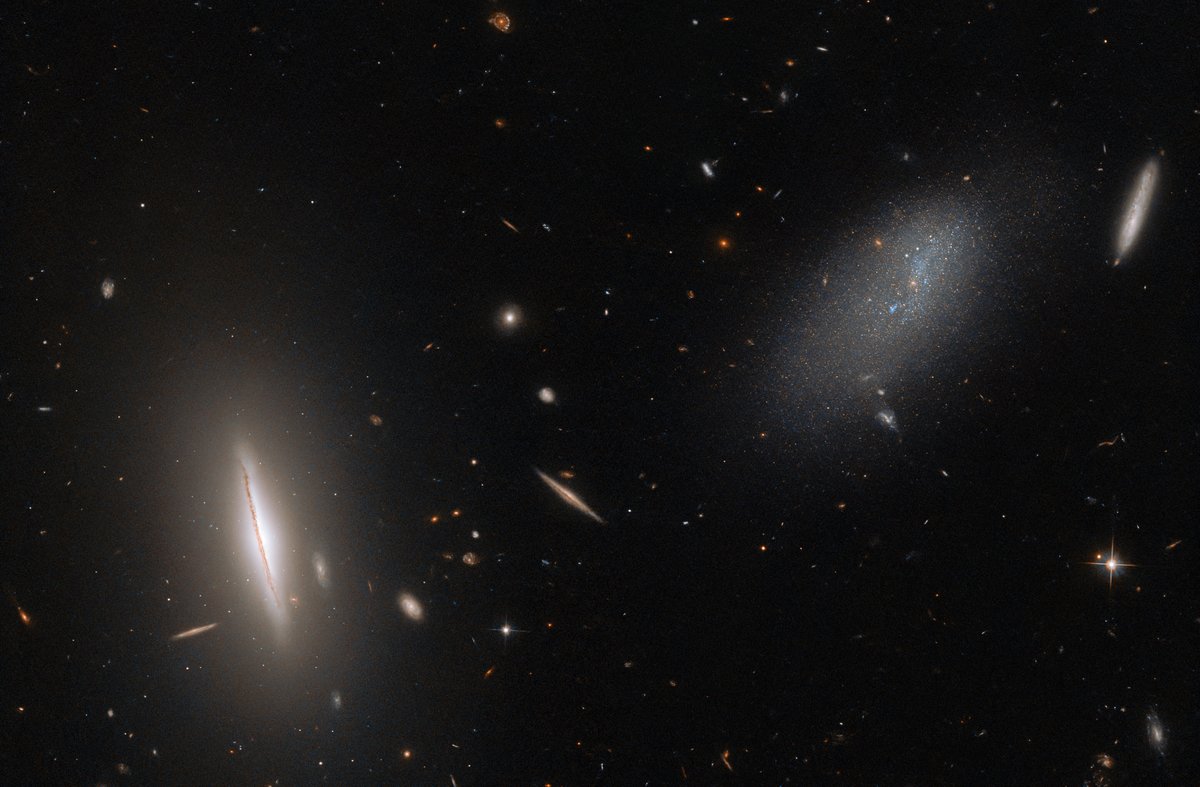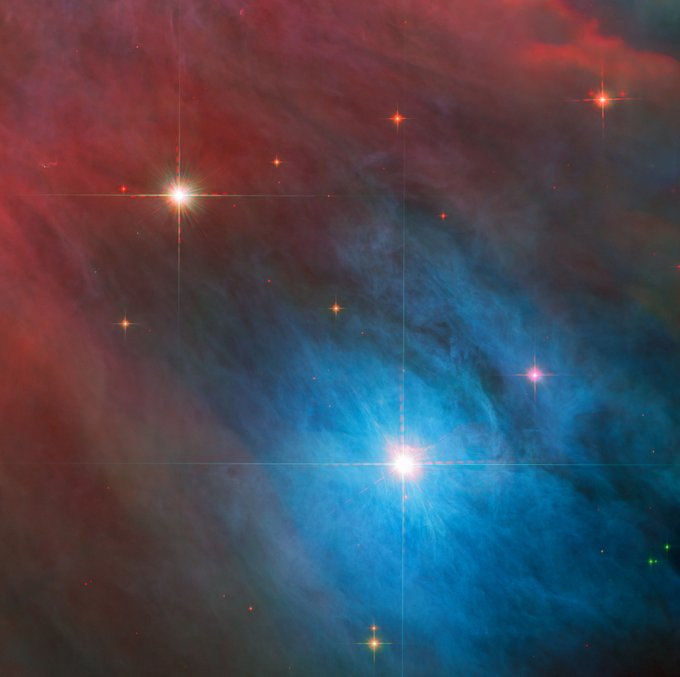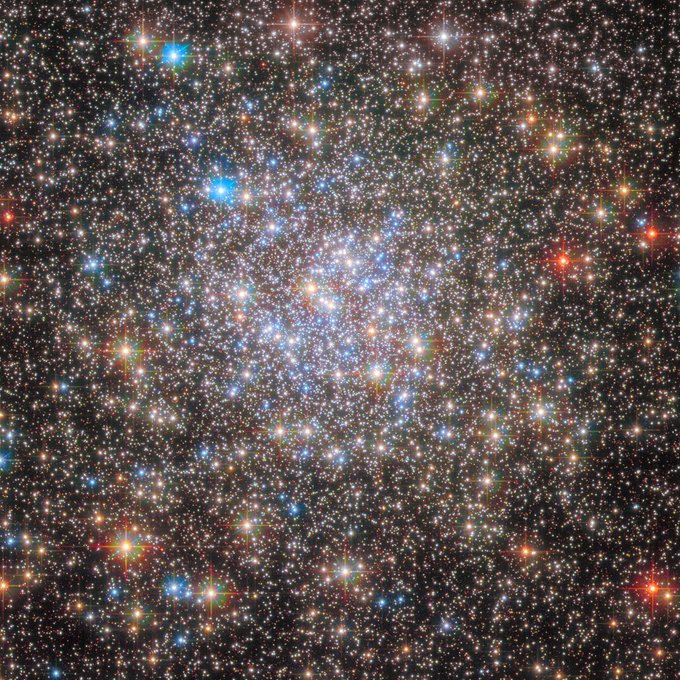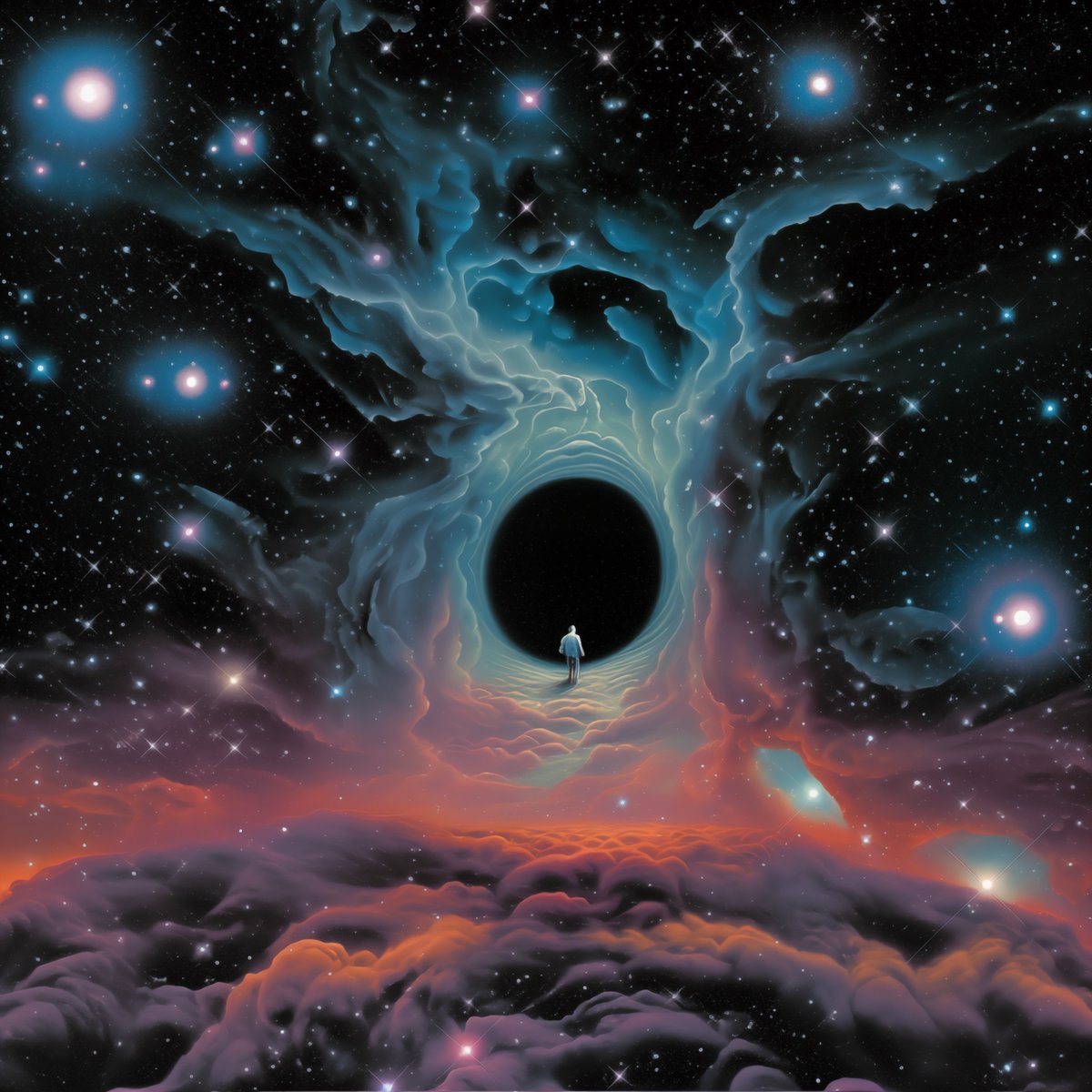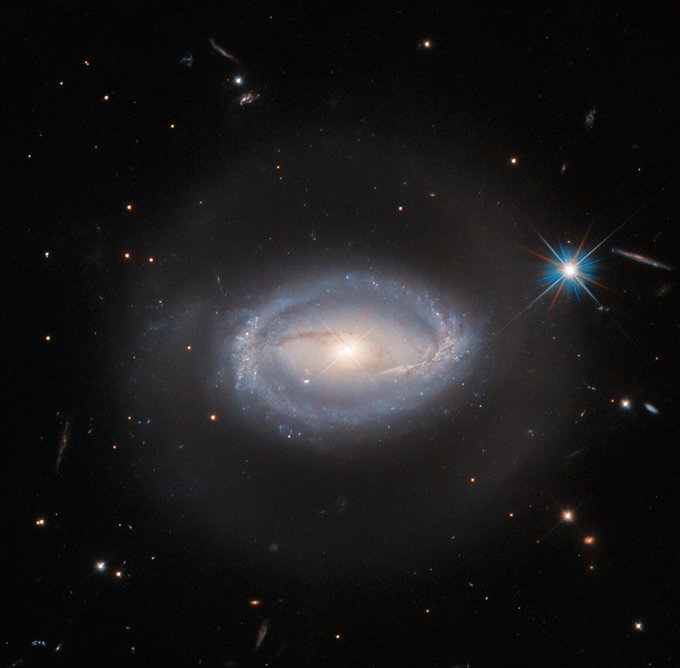
✨A peculiar pair✨
Inspired by the HubbleFriday post (and yes directly drawn on their beautiful photo🙏🏻
#GoodOmens #GoodOmens 2 #GoodOmens FanArt



Look at a distance of 260 million light years!
That's the distance to spiral galaxy UGC 678, which shines in this week's #HubbleFriday image.
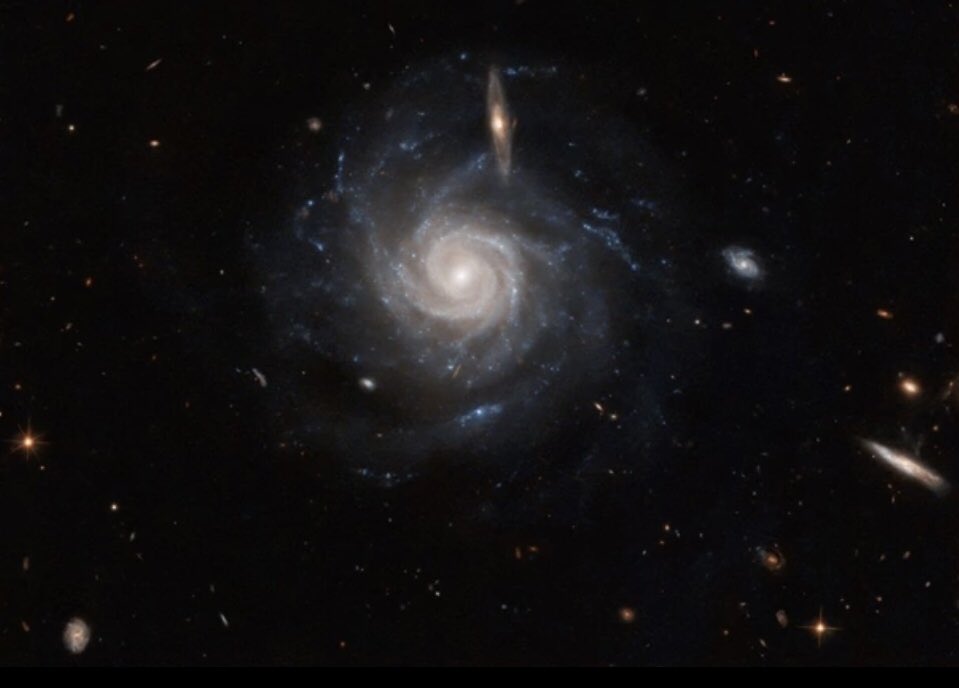

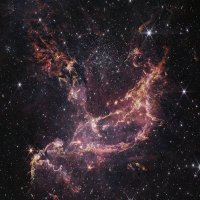

Galaktische beste Freunde 🌀
Die Spiralgalaxie im Bild dieser Woche #HubbleFriday ist NGC 5996. Darunter links befindet sich eine kleinere Begleitgalaxie namens NGC 5994.
Zusammen ist dieses Paar als Arp 72 bekannt. Sie sind beide etwa 160 Millionen Lichtjahre von der Erde
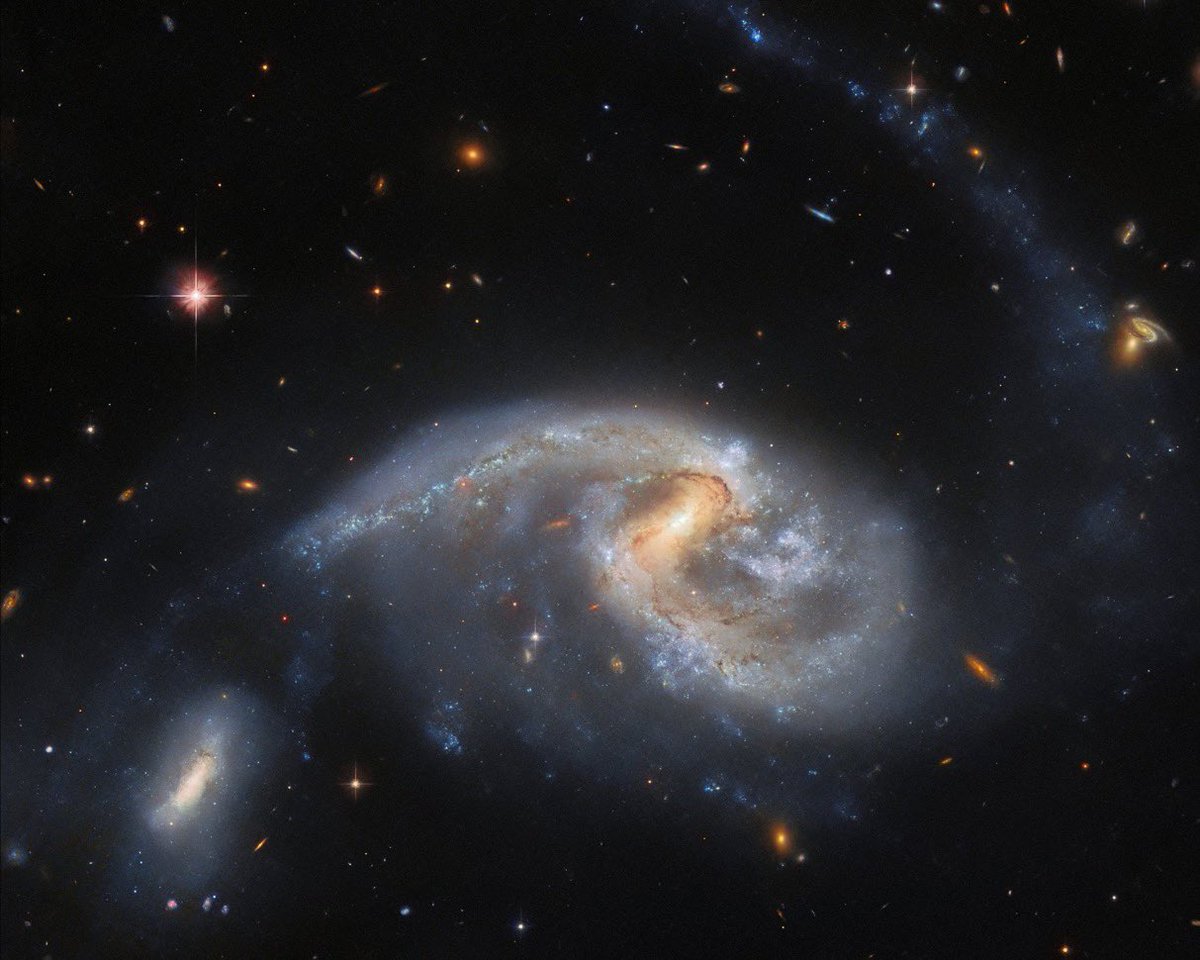


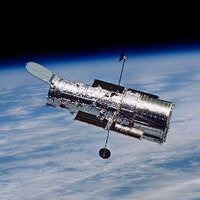
A galaxy fit for a queen 👑
Located in the constellation Coma Berenices, named after Queen Berenice II of Egypt, the jewel-bright spiral galaxy NGC 4689 lies 54 million light-years from Earth.
Uncover more about this week's #HubbleFriday view: go.nasa.gov/3QV29gP
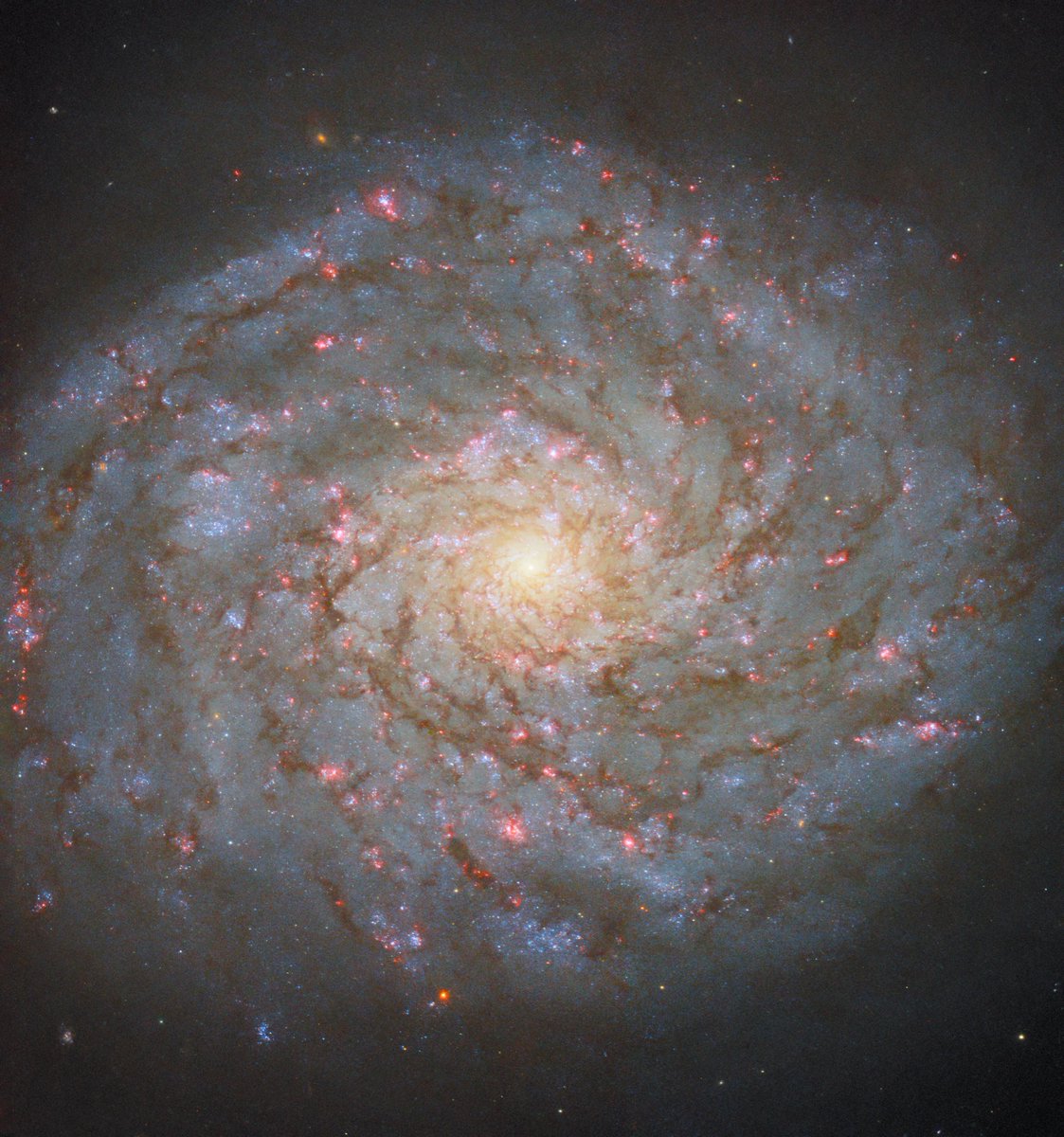

It's all about perspective.
The gorgeous galaxies in this #HubbleFriday view might appear to be close to one another from our view.
However, in reality the two side-by-side galaxies on the right side of the image are about 300 million light-years apart: go.nasa.gov/48CpVEC
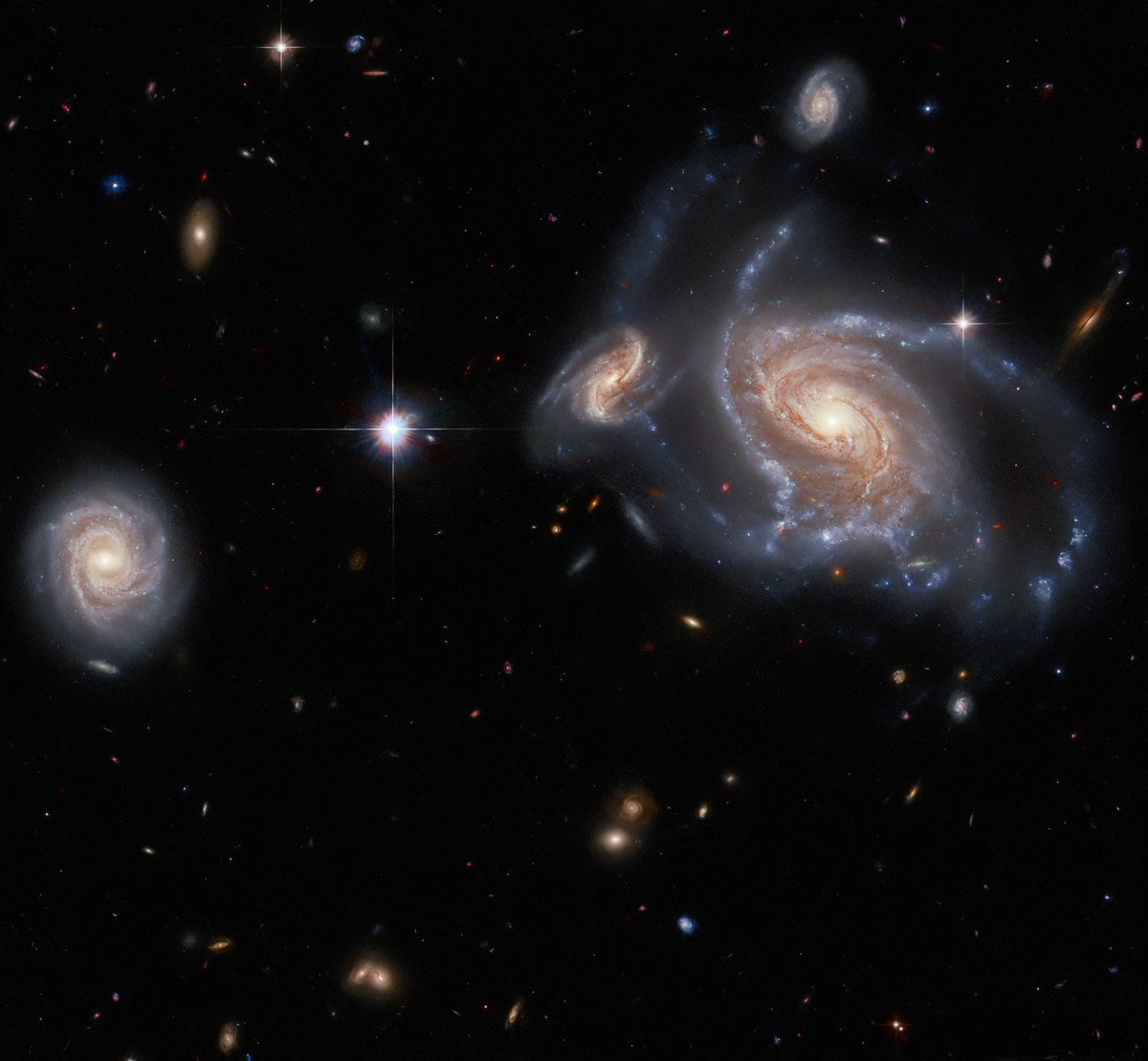


« La région scintillante de formation d'étoiles que l'on voit dans cette vue de #HubbleFriday s'appelle G35.2-0.7N. Ce spectaculaire spectacle lumineux est dû à un puissant jet protostellaire. […]
![♡ ☾ (@exclusiveraniou) on Twitter photo 2023-10-13 17:49:00 « La région scintillante de formation d'étoiles que l'on voit dans cette vue de #HubbleFriday s'appelle G35.2-0.7N. Ce spectaculaire spectacle lumineux est dû à un puissant jet protostellaire. […] « La région scintillante de formation d'étoiles que l'on voit dans cette vue de #HubbleFriday s'appelle G35.2-0.7N. Ce spectaculaire spectacle lumineux est dû à un puissant jet protostellaire. […]](https://pbs.twimg.com/media/F8VmuDsW4AAxSFa.jpg)

A cosmic monster mash!
In this new #HubbleFriday image, at least two massive galaxy clusters are in the process of merging together to create a single, gargantuan galaxy cluster.
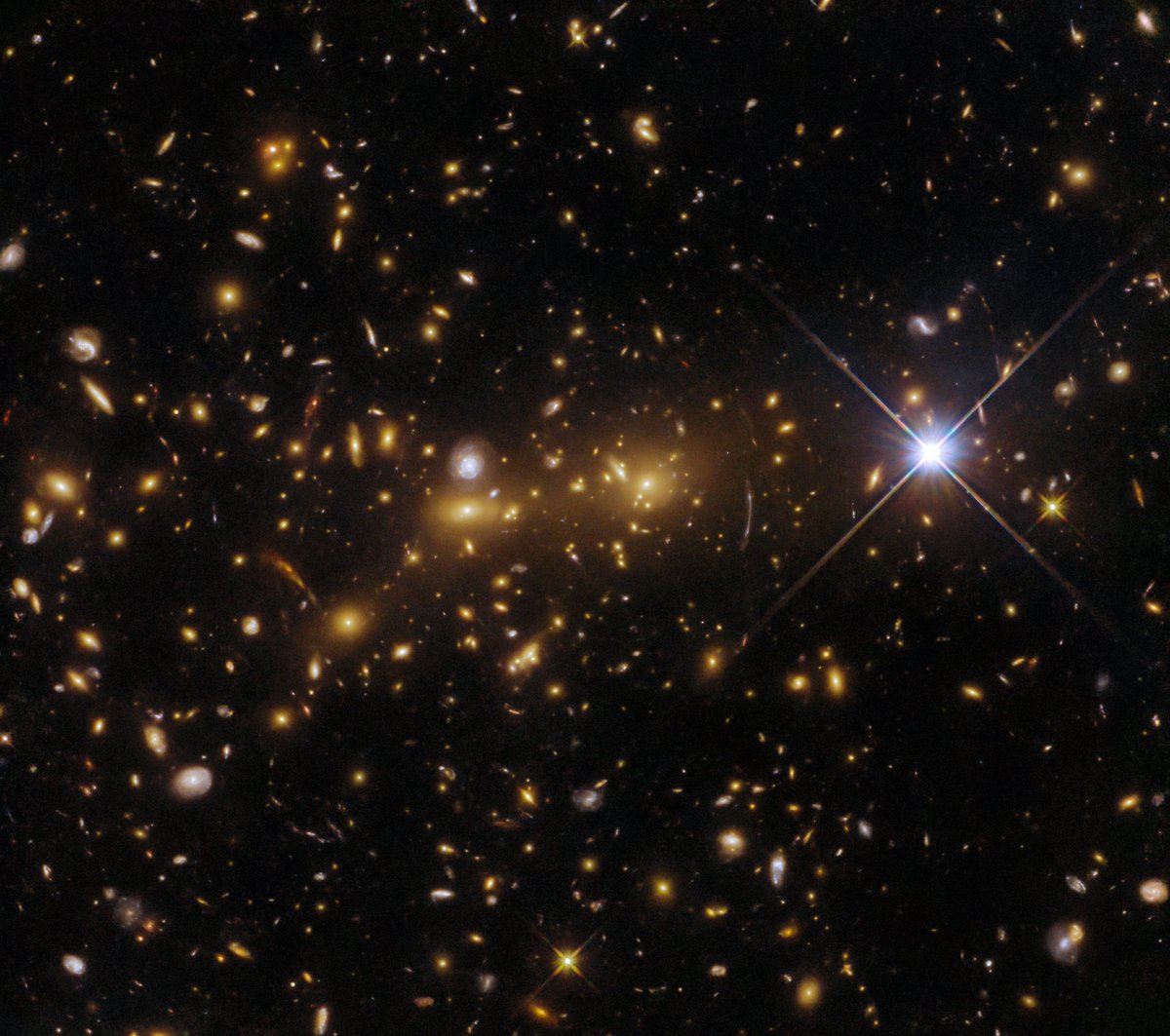

Ob Sie es glauben oder nicht, dieses Sternenfeld gilt als Galaxie!
Bekannt als ESO 245-5, handelt es sich nicht um eine grandiose, strukturierte Spiralgalaxie, sondern um eine unregelmäßige Galaxie.
Diese #HubbleFriday -Ansicht stammt aus einer Entfernung von 15 Millionen
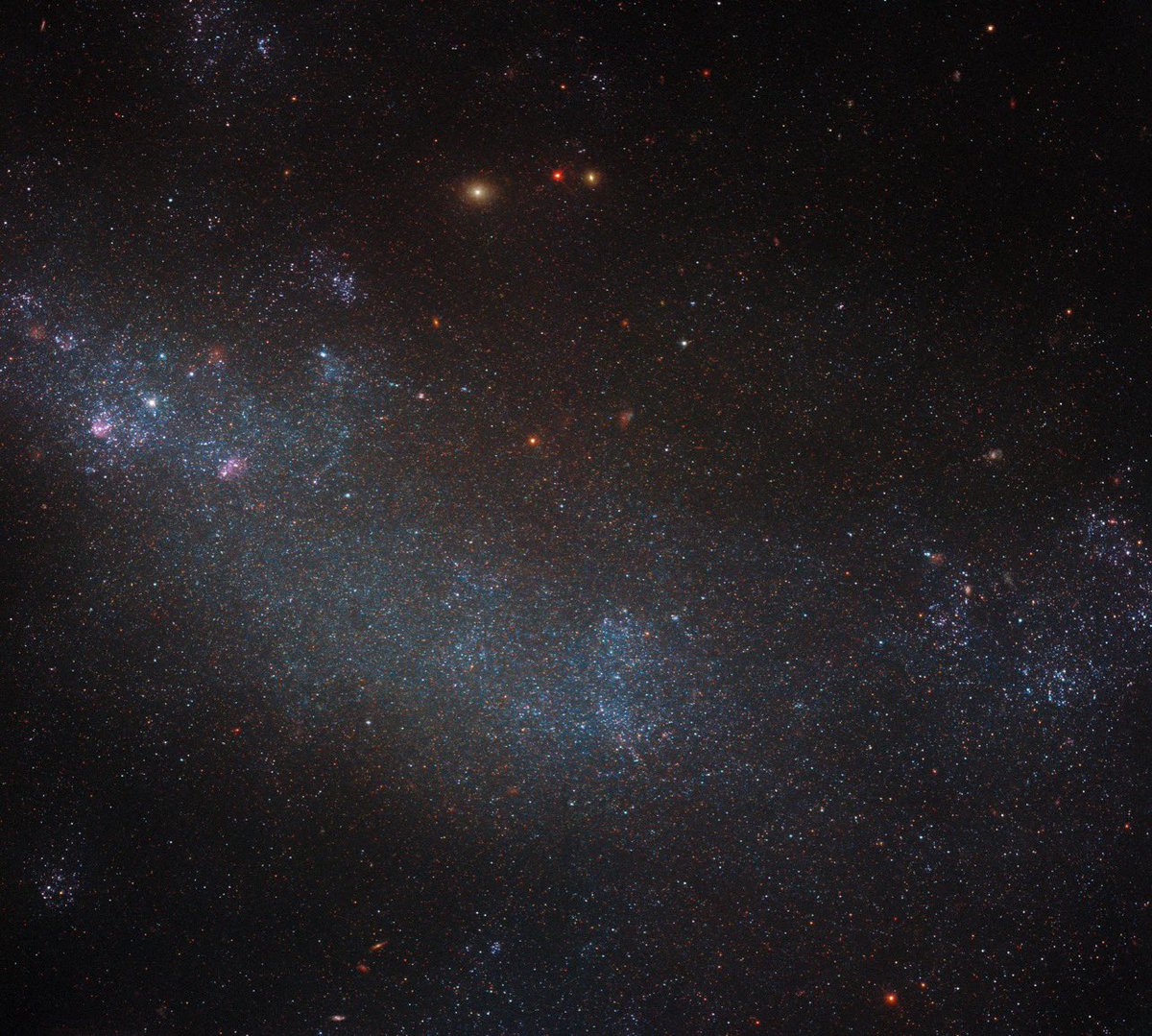

Kozmik bir hazine! 🤩
Bu #HubbleFriday çok astronomik mucize içerir: puslu gökada UGC 7983, daha uzak gökadalar ve hatta sol üstte dört ışık çizgisi olarak görülen bir asteroit (Hubble tarafından çekilen dört pozdan).
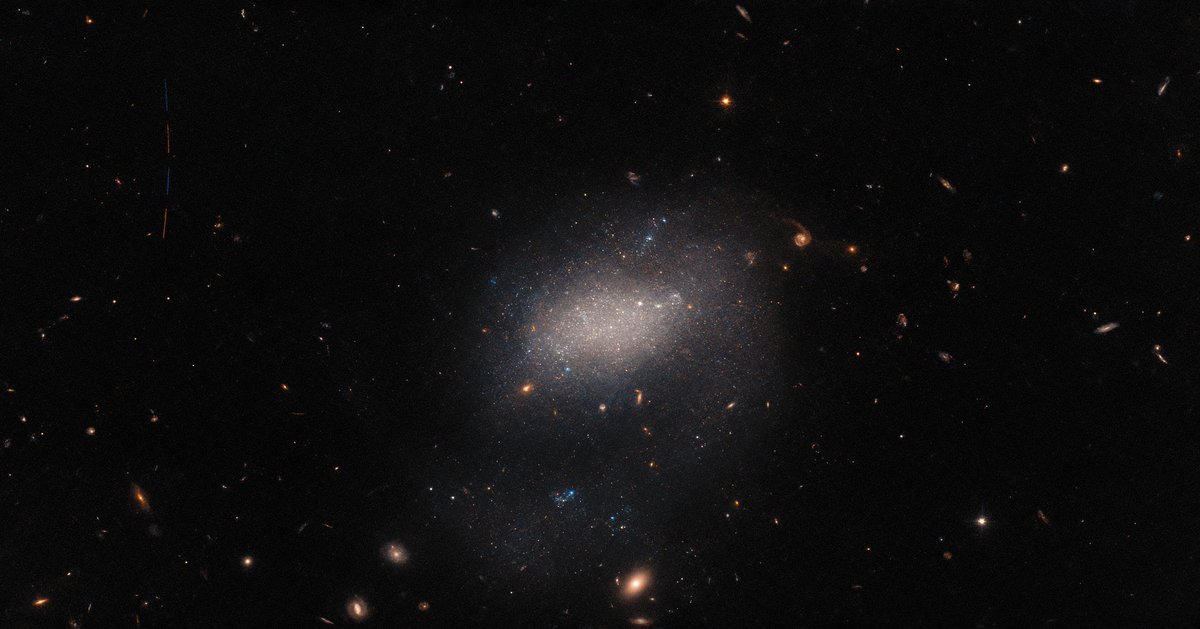

« Cette vue de #HubbleFriday montre la magnifique galaxie spirale MCG-01-24-014, située à 275 millions d'années-lumière.
Elle abrite un noyau extrêmement énergétique connu sous le nom de noyau actif de galaxie. »
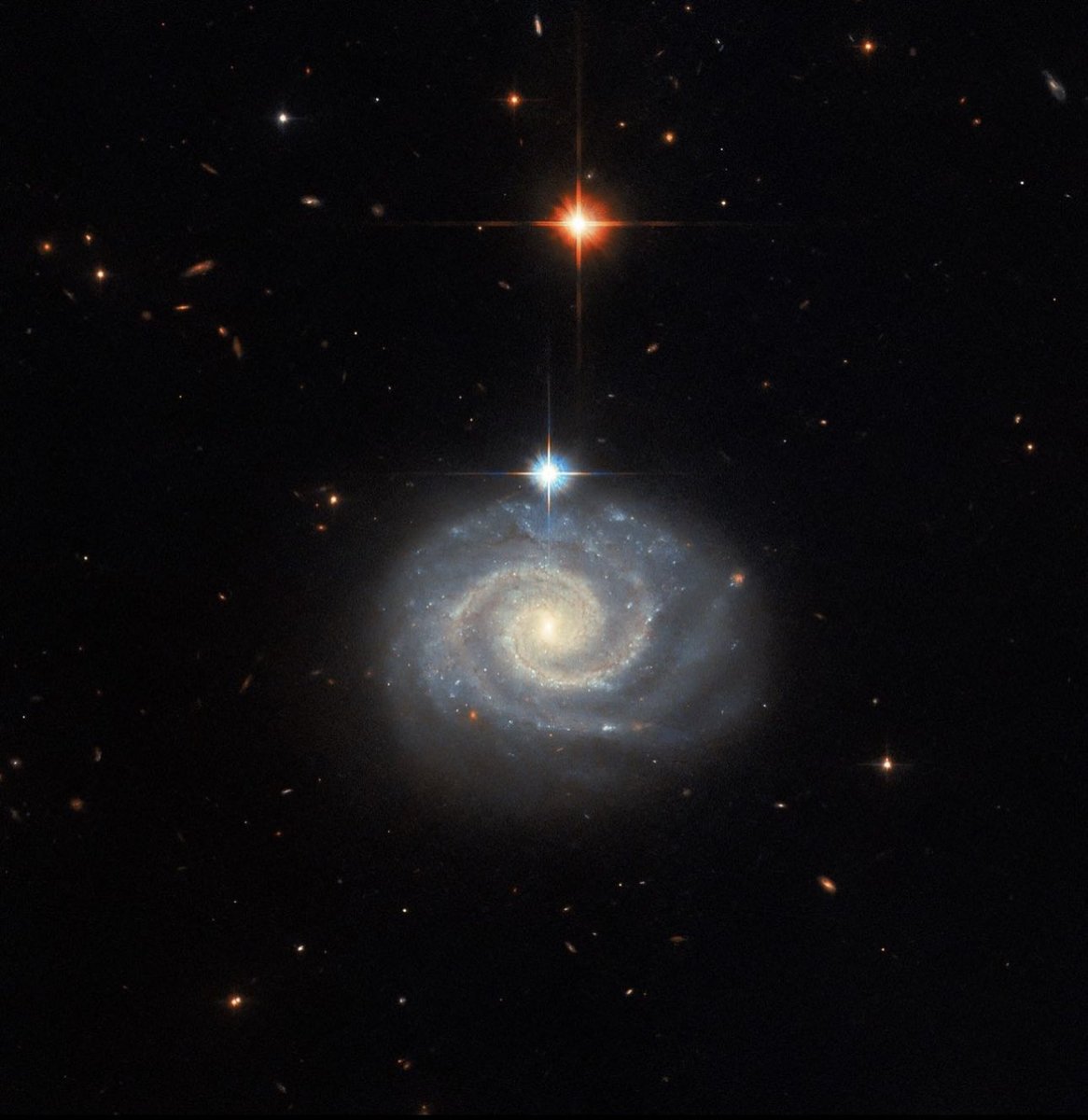

A behind-the-scenes look at star formation!
This #HubbleFriday view shows IRAS
16562-3959, where a massive star about 30 times the mass of our Sun is in the process of forming.
This star nursery is relatively close, at 5,900 light-years away :)


The galaxy Arp 263 got photobombed by a bright foreground star, BD+172217, in this #HubbleFriday shot!
Still, Arp 263 shines from 25 million light-years away with beautiful pink blooms ofrecent star formation.


The spiral galaxy UGC 11105 shines in this week's #HubbleFriday view, from its home 110 million light-years away in the constellation Hercules.

